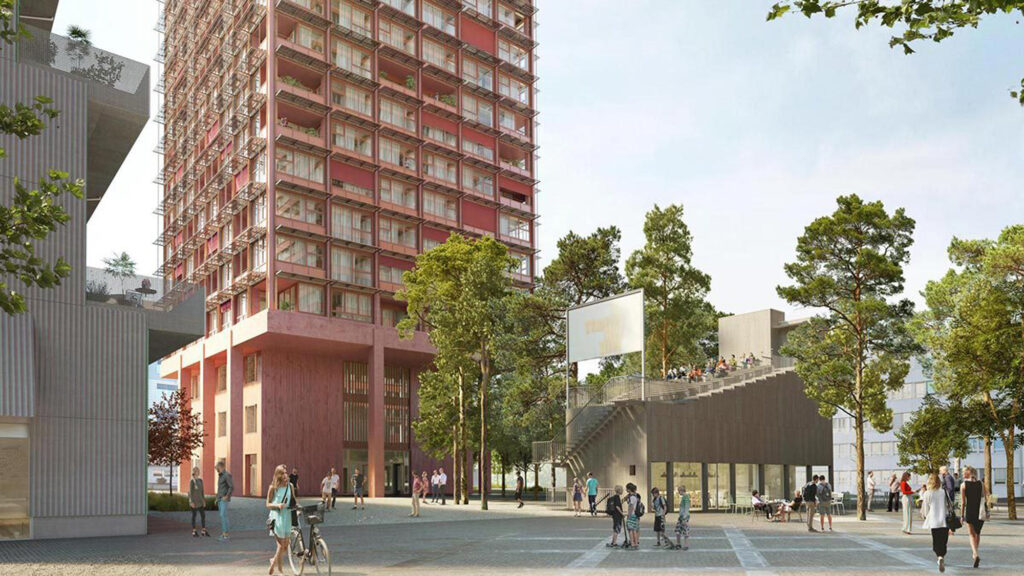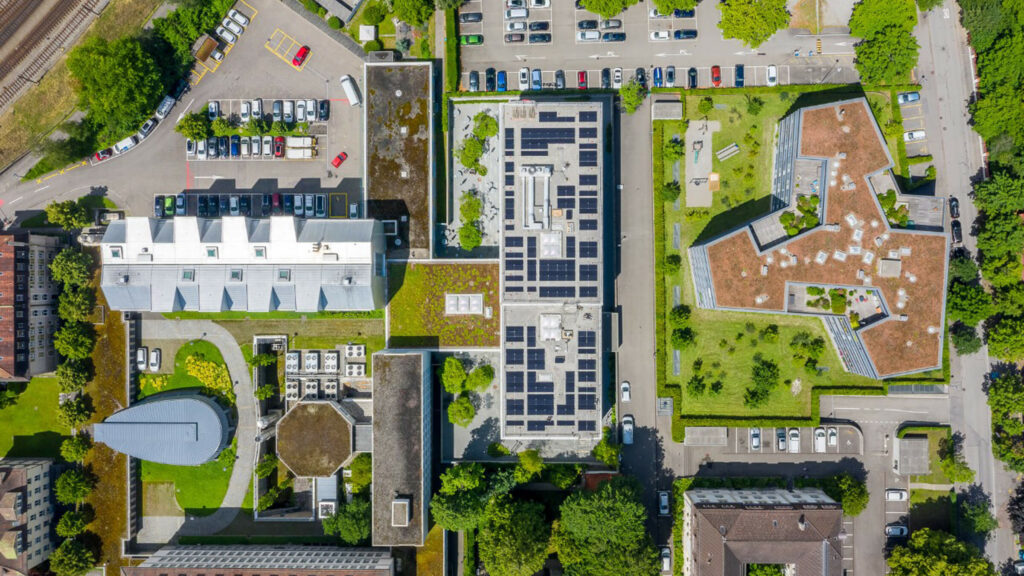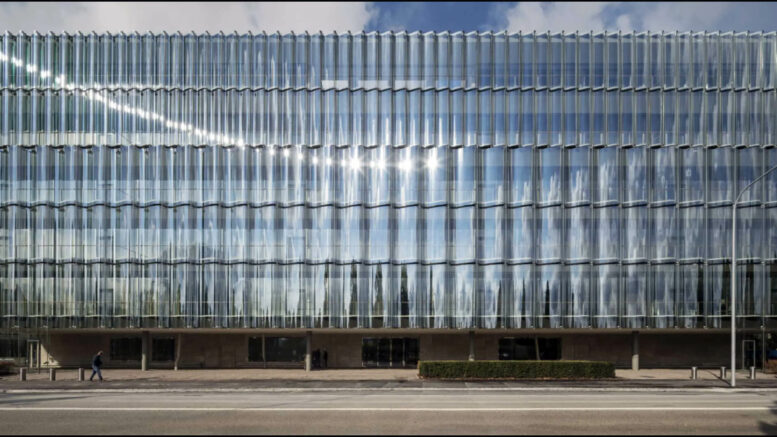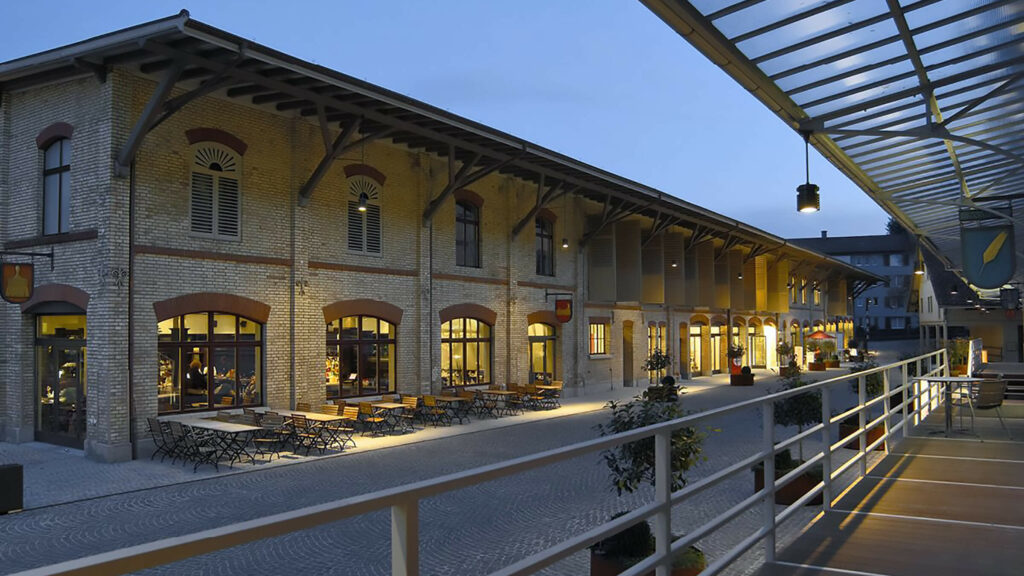Dissolved nutrients were still present in the wastewater from the treatment plant
, and these can form a bio-film in pipes and equipment. This can impede the water flow and the performance of the
heat pump over time. The heat exchangers were particularly at risk. Chemical cleaning was not possible because there was a risk that chemical residues could end up in Lake Constance together with the return water. The new heat pump system was supposed to not only run smoothly but also much more efficiently than the previous one. Our challenge was to develop a sustainable solution.
Redevelopment of the Energy Hub of Psychiatric Clinic
Münsterlingen
The existing heat pump system was installed in the 1980s. It utilised the treated wastewater from the community’s sewage treatment plant. After more than 35 years, replacement of the system is overdue for age reasons.
How can waste water be used as a heat source?
Challenges
To remove organic deposits in the waste water heat exchangers, we opted for a combination of several physical measures.
Solutions
The heat exchangers are equipped with a conventional
particle filter and they are also operated with increased flow velocities. This makes it difficult for microorganisms to attach themselves to the
surface of the pipe. In addition, regular
backwashing is carried out in order to dissolve any bio-films that form and to flush them out.
Intelligent machine management optimises the energy efficiency of the heat pump. This means that the machine is operated at the lowest condensation temperature at all times. In addition, all pumps are controlled in such a way that they always deliver only the amount of water required for the current heat pump output.



